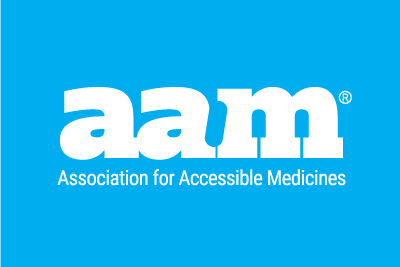As policymakers seek to respond to concerns about high drug costs, a recent report may provide a path forward. The Medicare Payment Advisory Commission (MedPAC) provides independent expert advice to Congress on Medicare payment policies and in a recent report to Congress, it recommends key changes to the Part D program that could serve as a foundation for sustainable savings through generic and biosimilar adoption.
- Decline in plan risk and low plan liability undermines their formulary incentives. While health plans participating in Medicare Part D plans are required to contribute 15% of spending during the catastrophic phase, MedPAC projects that plans will receive an average of 31% percent of the total costs of drugs. This is why the commission concludes
changes to Part D’s benefit design combined with trends in prescription drug pricing and spending have led to concerns about whether plan sponsors have incentives for cost control.
- Brand discounts in the coverage gap distort relative prices. Mandatory brand discounts in the coverage gap have reduced incentives for the use of lower cost generics. The mandatory 70% discount is treated as though it were the enrollee’s own spending, causing patients to reach the coverage cap faster and rewarding the plan’s preference for a higher cost product.
- Weak incentives for Low Income Subsidy enrollees to select lower cost medicines. Formulary tiers were developed to provide incentives to select lower-cost drugs. But some low-income beneficiaries pay only $3.95 for a generic prescription or $9.85 for any brand-name drug, removing the incentive to use the lower cost product.
- Expanded role of high-priced drugs has driven growth in reinsurance. Because expenditures attributable to specialty tier drugs have more than quadrupled in size, Part D spending in the catastrophic phase, where Medicare pays 80% of costs, has more than doubled in 10 years. However, during that time, increased generic use stabilized overall growth in prices to about 3% per year while prices of brand-name drugs and biologics grew by 14% annually.
- Some enrollees have high OOP spending. PBM reliance on drug rebates can cause higher patient cost sharing. Part D design aligns with PBM preferences to favor higher cost brand drugs over generics. And AAM’s research has determined that Part D plans placed generics on non-generic tiers more than 57% of the time for the current plan year. An Avalere study previously found that, as a result of generic tier placement decisions, nearly half of seniors were forced to pay the full cost for at least one generic.
To offset these concerns, the Commission recommended two major adjustments to the Part D program:
- Establish a higher copayment amount under the LIS for nonpreferred and nonformulary drugs
- Modify the Coverage Gap Discount Program to shift insurance risk to plan sponsors.
Additionally, MedPAC advocates for plans to take advantage of the ability to construct preferred and nonpreferred tiers for specialty-tier drugs. This is in alignment with AAM’s and the HHS Inspector General’s recommendation for aligning Part D formularies to encourage use of lower cost biosimilars. The OIG’s recent report notes that the Medicare program could have saved up to 18% on total Part D spending through greater use of biosimilars, decreasing out of pocket costs by 12% for seniors.
AAM shares MedPAC’s concerns and supports Medicare Part D reforms that lead to greater access to affordable and high-quality products, lower out-of-pocket costs for patients, and overall savings. We recommend the following additional steps to encourage greater emphasis on generics and biosimilars in Medicare Part D:
- Incentivize the use of lower cost biosimilars and generics by decreasing plan liability for these products
- Align plan incentives for using low-cost products by decreasing government reinsurance and increasing plan liability in the catastrophic phase
- Require Part D plans to review new to market generics and biosimilars within a specified timeframe and provide written justifications to CMS if they are not placed on formulary
- Prohibit or restrict plan's ability to place generic drugs on non-generic tiers
- Update Part D regulations to clarify that biosimilars will be treated as generics for purposes of mid-year formulary changes
With these recommendations, AAM estimates seniors could save as much as $74 billion over the next 10 years, with additional savings for taxpayers and the federal government of $67 billion.
MedPAC’s recommendations serve as a valuable starting point to meaningful drug cost reforms. This is why elements of Part D redesign are included in both Democratic and Republican proposals in Congress. Congress could take important steps to reduce the costs of drugs for seniors by taking action on this bipartisan issue. The result would be a new wave of savings for patients through enhanced drug price competition.
By Monét Stanford, Director, Policy
Published on April 19, 2022




